Sector | Ambient Intelligent Room
Project Time | Six Months
My Role | User Research, User Flows, Conception, User Experience, Information Architecture, Interface Design, Prototyping, Usability Testing

Today, modern zoo keeping does not only provide the largest possible enclosure but also provides optimal care for the animals. It also means to make the everyday life of the zoo animals as varied as possible. A big goal is to give the animals different choices and to empower them to make their own decisions. In the wild, the senses of animals are constantly challenged by a variety of environmental stimuli. Even in a well-structured, naturally designed zoo enclosure, this is only partially possible.
PaceBreaker is about creating choices for animals, increasing the complexity of the environment, and preventing frustration and stereotypical behaviors.
Example Pacing
What is pacing? Pacing is a common stereotypical behavior – an abnormal, repetitive behavior that serves no ostensible function.
Target Group
Especially predators that have to travel many kilometers every day in their natural environment and also have to be challenged, can develop boredom into behavioral disorders. This is also the case with big cats because the intelligent animals often lack an enrichment and atrophy. Big cats need stimuli associated with their long hikes and foraging. We want to give this stimulus back to the big cats.
The fossa will be PaceBreaker’s first target group. In addition to their high readiness to adapt, fossa are very curious animals, where small extra feedings and occupations can do much to counter the development of stereotypical behavior. The response of their hunting instinct to the system can be seen as representative of the hunting behavior of many predators.
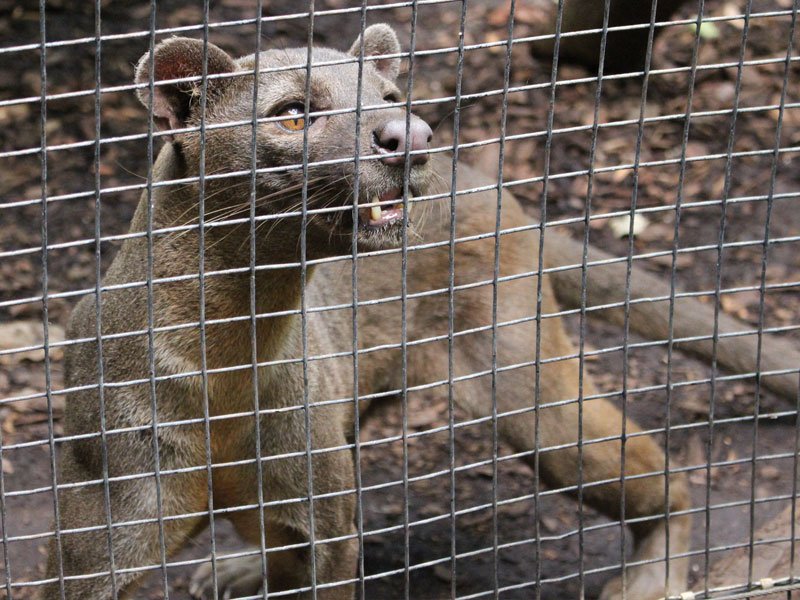
This is fossa Bohara!
Idea
PaceBreaker’s approach provides an acoustic simulation of these prey animals. For this purpose, various speaker units and a computer-controlled feeder are installed in the enclosure.
Randomly distributed throughout the day, the sound of a prey is reproduced from one of the loudspeakers. If the animal goes in search of clues and follows the sound to its source, the vocal stops and is immediately heard from another corner, from another speaker. The fossa can chase the sound for a while, until it finally lands at the feeder. There, a small feed portion is released.
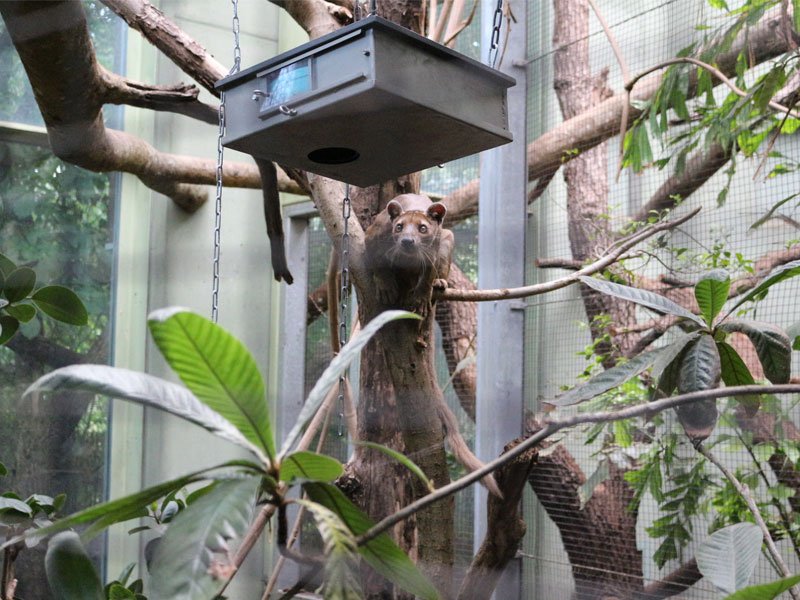
Bohara is trying to get his snack from the feeder
Solution
It describes in which context the processes of the hunting simulation takes place.
This is important to get a better understanding of the idea.
The elements of PaceBreaker are: Stations – Feeder – Camera – Interface
The hunting simulation can be initiated by three factors. One possibility is the manual activation triggered by a caregiver, or even by the animal itself, in that the system perceives prey-seeking behavior. The third and probably most-used option provides random activation of the system throughout the day.
PaceBreakers hunt provides a time limit, in order to give the animal the free decision, whether it has the desire for a hunt or not.
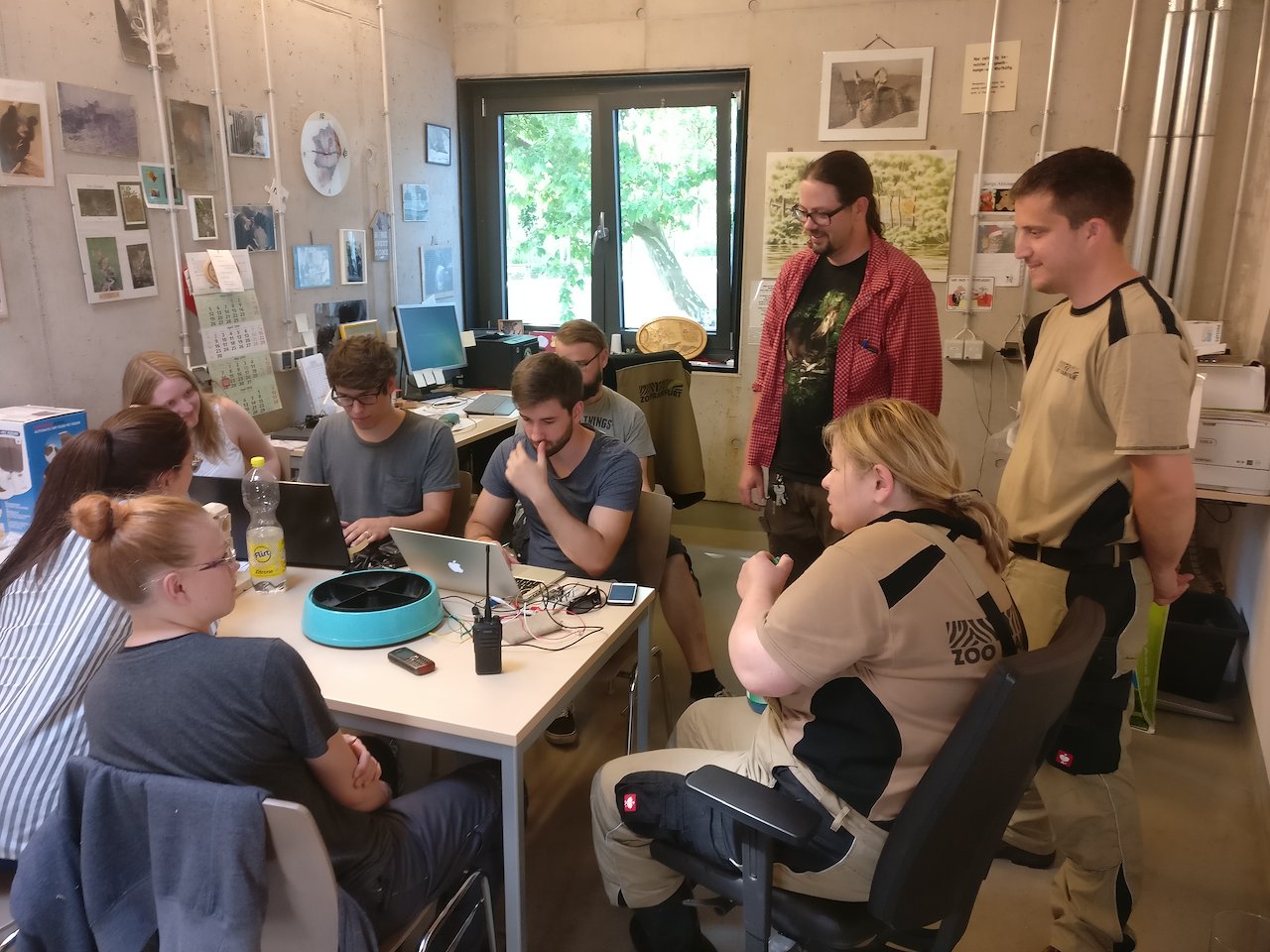
In addition to that, the system is designed to let the animal “fail”. Which basically means, if the animal reacts too slowly the “prey” escapes and the animal wont get a treat. The system then turns off and restarts later again.
Bird sound sickle-billed Vanga – Fossa prey
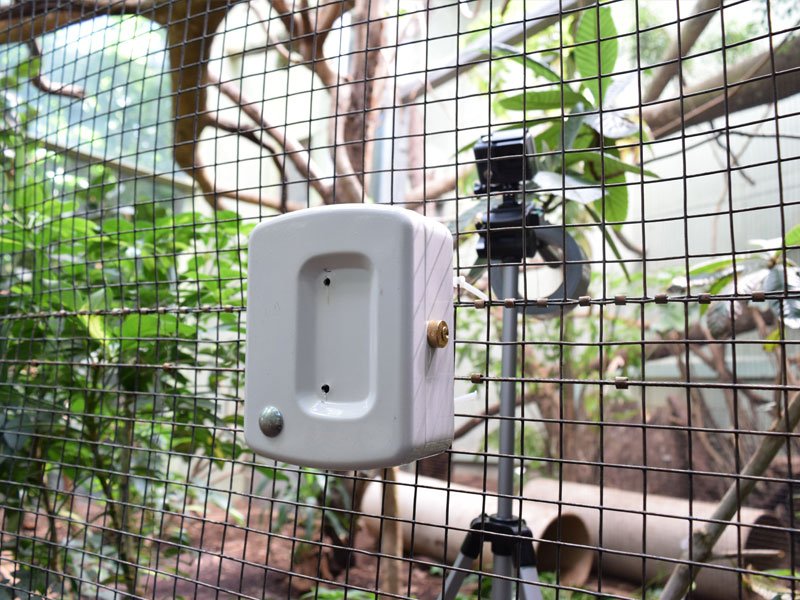
Lure station which plays prey sound
The system logs all activities throughout the day so that caregivers can track usage and find answers to the following questions:
- How often does the animal go on a hunt?
- When is the animal particularly active?
- How much time does the animal take to get from one sound to another?
- How often does it break off a hunt, or does not make it on time?
Via an interface, the caregivers can also directly adjust various parameters of the hunt and thus monitor and control the use in the long term.
In addition, a camera is installed in the enclosure on established pacing routes.
An algorithm evaluates movements on the image and allows caregivers to draw conclusions about the duration, timing and frequency of pacings through a heat map display.
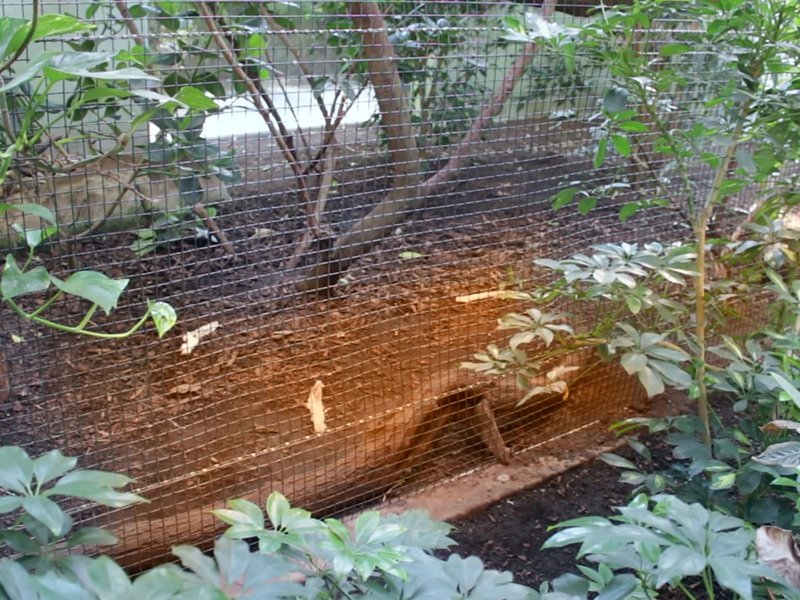
Stereotypical heatmap – The fossa paced a lot at this location
Concept
The various speaker units that are distributed in the enclosure, are naturally integrated into the environment. The material that surrounds the stations must be robust and strong enough to prevent the animal from being able to tear down the stations or injure themselves at the electronics. The idea is to hide the stations in stone dummies or other lifelike replicas to support the natural integration in the enclosure.
PaceBreaker is mobile, can be installed in other enclosures, thereby enriching several animal groups. Since it is possible to remove the feeder from the housing, the cleaning is simple and uncomplicated and thus a relief for the carer.
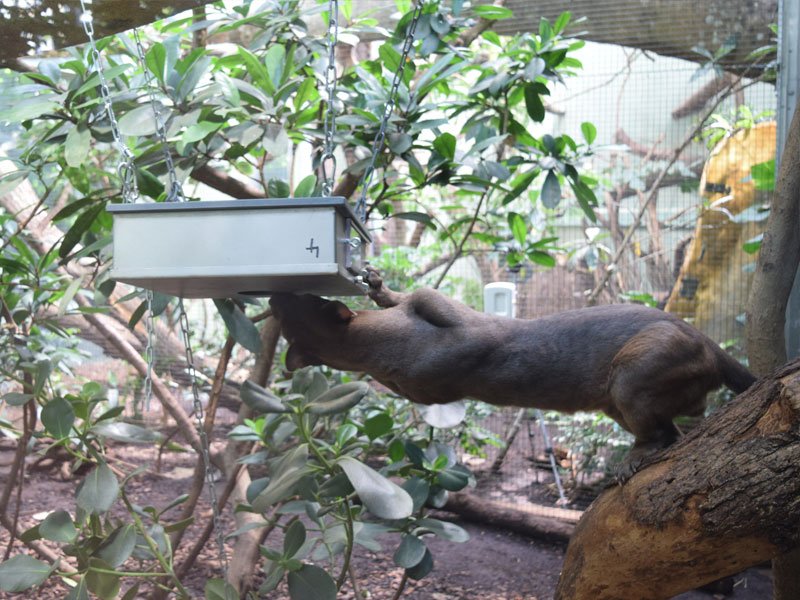
Snack time!
The character of the product is challenging, without being obtrusive, as well as playful and exciting. Because the animal should, as in its natural environment, respond to stimuli and be required to.
This supports behavioral enrichment and gives the animal opportunities to develop more freely. In addition, it is important that the system exercises restraint when the animal decides not to hunt.
The PaceBreaker Technical Concept relies on a variety of components inside and outside the end user's enclosure. Inside the enclosure: the part of the system that observes and interacts with the animal. Outside the enclosure: interaction options, data storage and status displays for zookeepers and visitors.
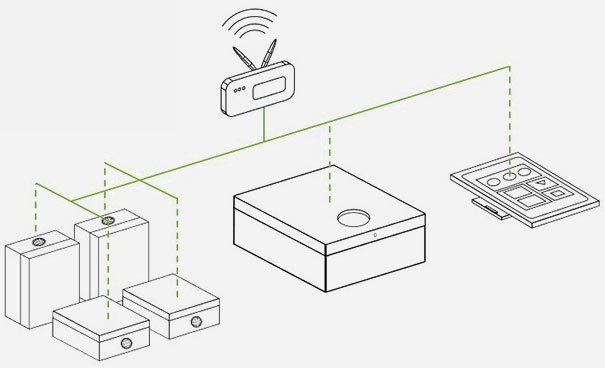
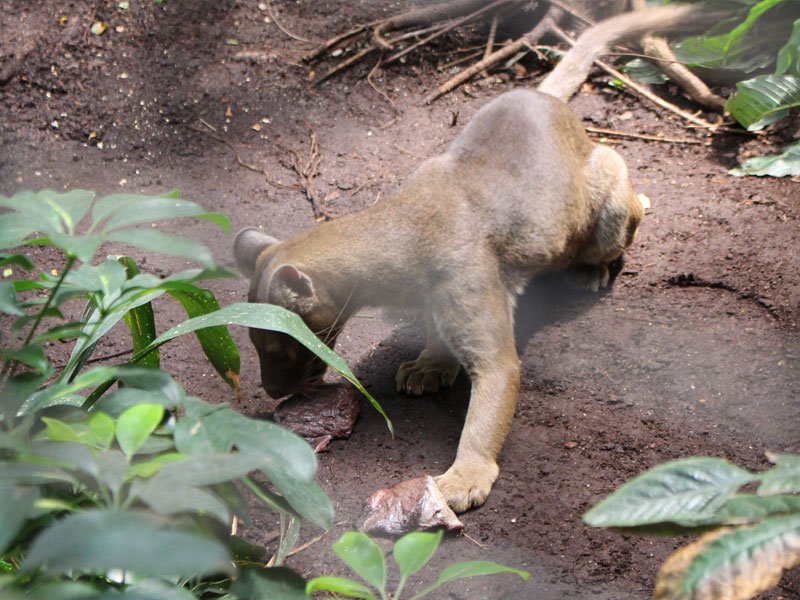
Yummy